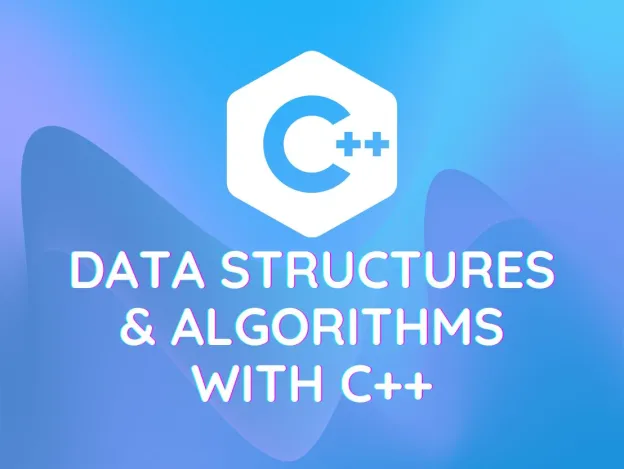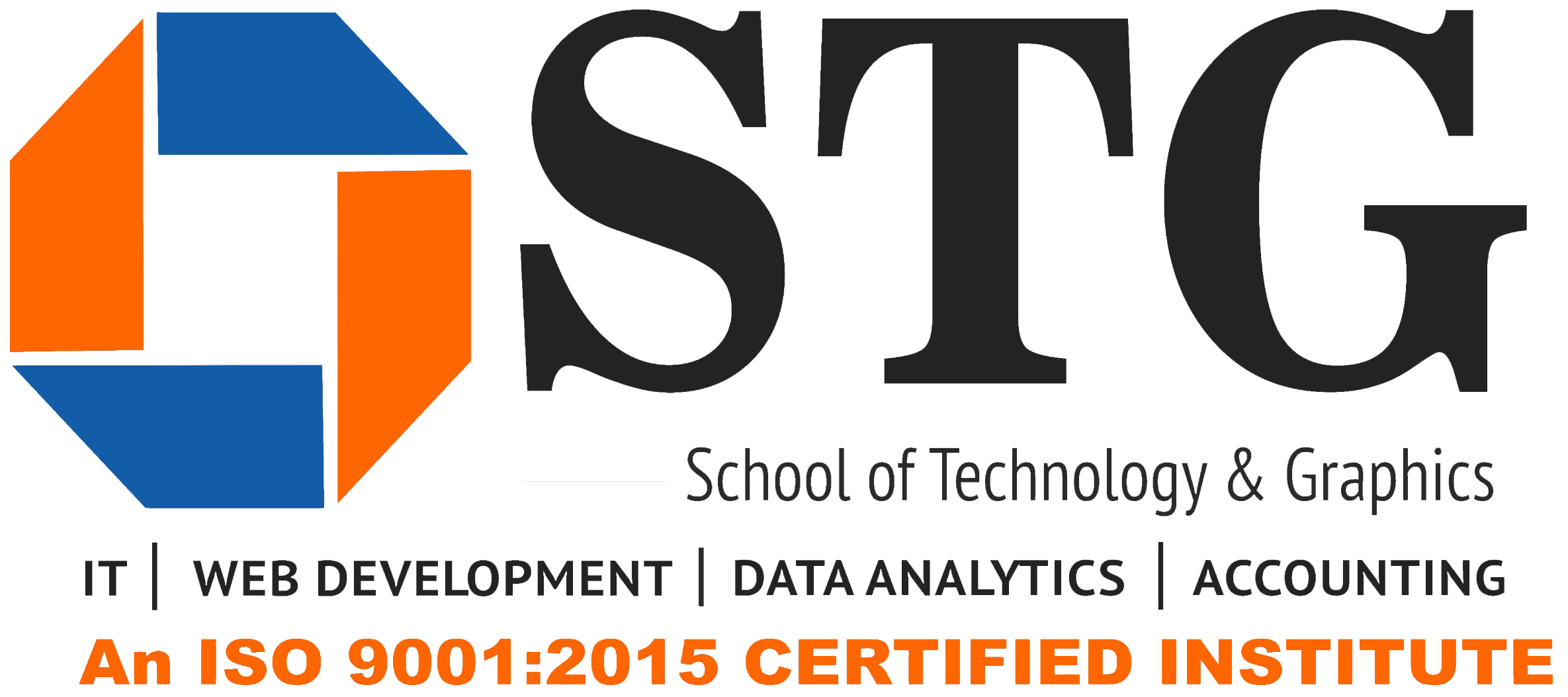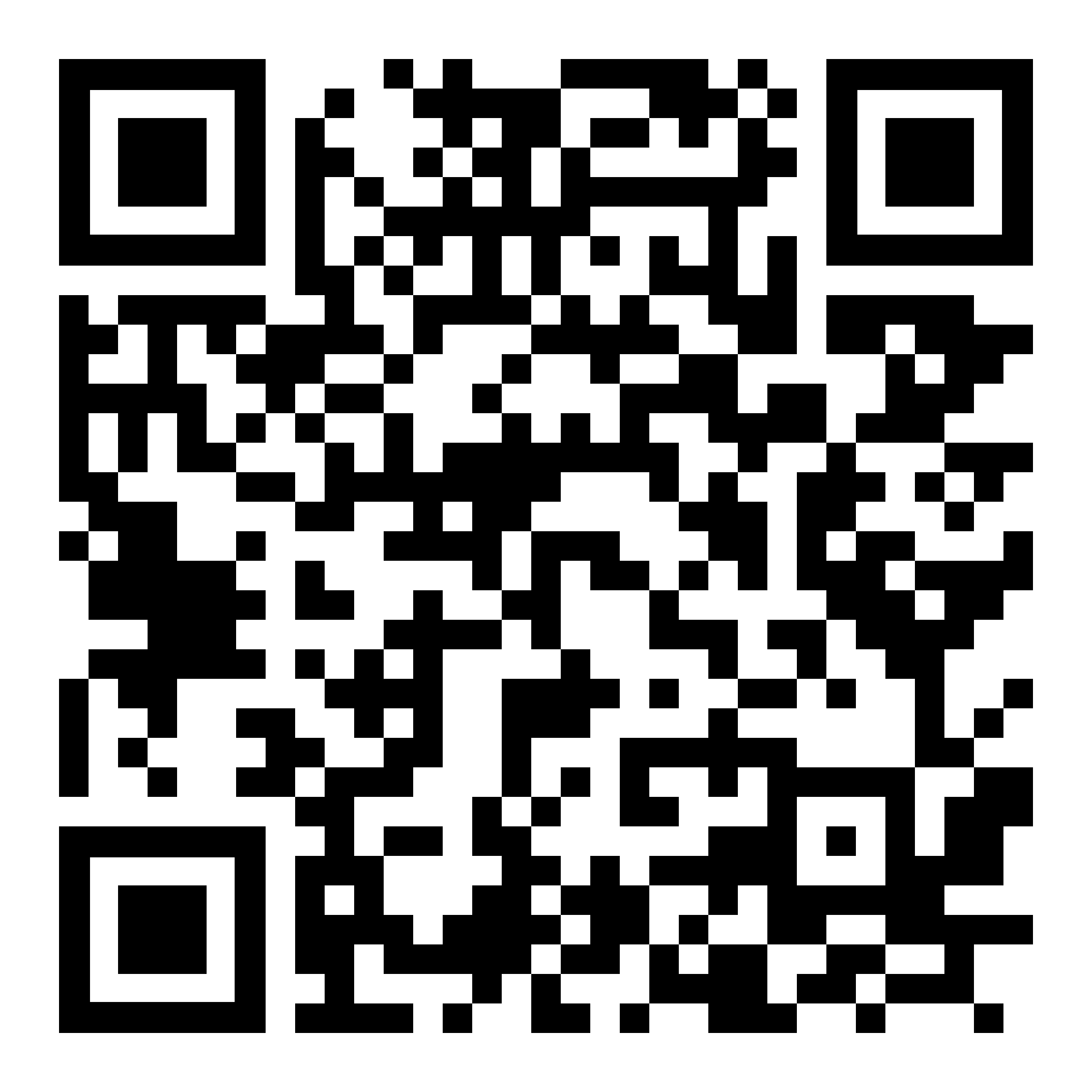
C, C++ and Data Structures (DS)
"C is a powerful, general-purpose, and procedural programming language"
3 Months
2 Weekly Live Sessions
18 Classes
Placement Assistance
C is a powerful, general-purpose, and procedural programming language developed in the early 1970s by Dennis Ritchie at Bell Labs. It is often referred to as a "middle-level" language because it combines elements of both high-level and low-level languages, offering a balance between abstraction and control over hardware.
Key characteristics and features of C programming:
Procedural:
C programs are structured as a series of functions or procedures, each performing specific tasks. This modular approach promotes organized and maintainable code.
Compiled:
C source code is translated into machine code by a compiler, which can then be directly executed by the computer. This results in fast and efficient program execution.
Low-level access:
C provides low-level access to system memory and hardware resources, making it suitable for developing operating systems, embedded systems, and other system-level software.
Portability:
C programs are highly portable, meaning they can be compiled and run on various operating systems and hardware platforms with minimal modifications.
Influence on other languages:
C has significantly influenced the development of many other popular programming languages, including C++, Java, and Python.
Efficiency:
C is known for its efficiency and performance, making it a preferred choice for applications where speed and resource optimization are crucial.
Standard Library:
C includes a standard library of functions that provide common functionalities, and users can also create and incorporate their own functions.
The C++ programming language encompasses a wide range of features and concepts, building upon the C language and introducing object-oriented programming (OOP) principles. The core contents of C++ programming can be categorized as follows:
-
Fundamentals of C++:
-
Basic Syntax and Structure: Understanding program structure, statements, expressions, keywords, identifiers, and basic formatting.
-
Data Types and Variables: Learning about fundamental data types (integers, floats, characters, booleans), variable declaration, initialization, and scope.
-
Operators: Understanding arithmetic, relational, logical, assignment, and other operators and their precedence.
-
Input/Output: Using cin and cout for standard input and output operations.
-
Control Structures: Implementing decision-making (if-else, switch) and looping (for, while, do-while) constructs.
-
Functions: Defining and calling functions, understanding parameters, return types, and function overloading.
-
Arrays and Pointers: Working with arrays for collections of data and understanding pointers for direct memory manipulation.
-
Strings: Handling and manipulating strings using C-style strings and the std::string class.
-
Object-Oriented Programming (OOP) Concepts:
-
Classes and Objects: Defining classes as blueprints for objects and creating instances (objects) of those classes.
-
Encapsulation: Bundling data and methods within a class and controlling access to them.
-
Inheritance: Creating new classes (derived classes) from existing ones (base classes) to reuse and extend functionality.
-
Polymorphism: Implementing the ability of objects to take on multiple forms, often achieved through virtual functions and function overriding.
-
Abstraction: Hiding complex implementation details and exposing only necessary functionalities.
-
Advanced C++ Concepts:
-
Memory Management: Understanding dynamic memory allocation using new and delete, and concepts like memory leaks.
-
Templates: Writing generic code that works with different data types using function templates and class templates.
-
Exception Handling: Managing runtime errors and exceptional conditions using try, catch, and throw.
-
Standard Template Library (STL): Utilizing powerful pre-built data structures (vectors, lists, maps, sets) and algorithms provided by the STL.
-
File I/O: Reading from and writing to files.
-
Concurrency and Multithreading: Working with multiple threads for parallel execution.
-
Development Environment and Tools:
-
Compilers: Understanding how C++ code is compiled into executable programs.
-
Integrated Development Environments (IDEs): Using tools like Visual Studio, Code::Blocks, or Eclipse for writing, compiling, and debugging C++ programs.
-
Debuggers: Utilizing debugging tools to identify and fix errors in code.
Data structures in C programming language are ways of organizing and storing data in memory to facilitate efficient access and modification. They can be broadly categorized into two main types:
-
Primitive Data Structures (or Primitive Data Types):
These are the fundamental data types built into the C language, used to store single values.
-
Pointers: Variables that store memory addresses.
-
Non-Primitive Data Structures:
These are more complex structures built from primitive data types and are designed to store collections of data in specific arrangements. They can be further classified as:
Linear Data Structures:
Elements are arranged sequentially, with each element connected to at most one other element.
-
Arrays: A collection of elements of the same data type stored in contiguous memory locations, accessed by an index.
-
Linked Lists: A collection of nodes, where each node contains data and a pointer (or link) to the next node in the sequence. Variations include singly, doubly, and circular linked lists.
-
Stacks: A Last-In-First-Out (LIFO) data structure where elements are added (pushed) and removed (popped) from the top.
-
Queues: A First-In-First-Out (FIFO) data structure where elements are added (enqueued) at one end and removed (dequeued) from the other.
Non-Linear Data Structures:
Elements are not arranged sequentially and can have multiple connections.
-
Trees: Hierarchical data structures where elements are organized in a tree-like structure with a root node, parent nodes, and child nodes. Examples include Binary Trees, Binary Search Trees, AVL Trees, and B-Trees.
-
Graphs: A collection of nodes (vertices) and edges that connect them, representing relationships between data elements.




